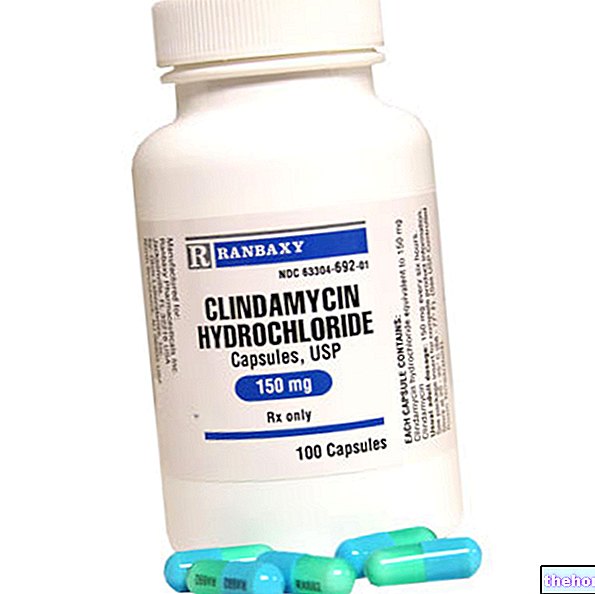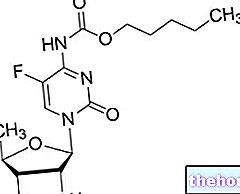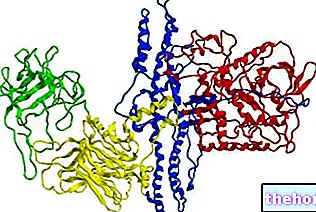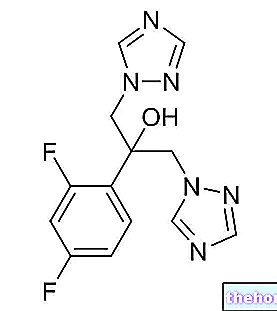
What is Focetria?
Focetria is a vaccine. It is a suspension for injection that contains fractions ("surface antigens") of the influenza virus. Contains a strain of influenza called A / California / 7/2009 (H1N1) strain of type v (X-181).
What is Focetria used for?
Focetria is a vaccine to protect against the "pandemic" flu. It should only be used for the "pandemic flu A (H1N1) which was officially declared by the" World Health Organization on 11 June 2009. A "pandemic flu is occurs when a new strain of influenza virus can easily spread from person to person because you are not immunized (protected) against it.A pandemic can affect most countries and regions in the world. Focetria is administered on the basis of official recommendations.
The medicine can only be obtained with a prescription.
How is Focetria used?
Focetria is given as a single dose by injection into the upper arm muscle. After an interval of at least three weeks, a second dose can be given. The second dose should be given to children aged 6 months to 8 years and to older people (over 60 years of age).
How does Focetria work?
Focetria is a vaccine. Vaccines work by "teaching" the immune system (the body's natural defenses) how to defend itself against a disease. When a person is vaccinated, the immune system recognizes the virus as "foreign" and makes antibodies against that virus. the body being exposed to the virus again, the immune system will be able to produce antibodies more quickly.This will help protect the body against disease.
Focetria contains small amounts of "surface antigens" (proteins found on the outer membrane of the virus that the body recognizes as foreign) of a virus called A (H1N1) v that is causing the current pandemic. The virus was first inactivated so as not to cause any disease. The outer membranes containing the surface antigens were extracted and purified. The vaccine also contains an "adjuvant" (a compound containing oil) to enhance the immune response.
How has Focetria been studied?
Initially, Focetria was developed as a "prototype" vaccine (mock-up) containing a H5N1 strain of the influenza virus named A / Vietnam / 1194/2004. The company studied the ability of this mock-up vaccine to trigger the production of antibodies (immunogenicity) against this strain of influenza virus before the pandemic.
After the onset of the H1N1 pandemic, the company replaced the virus strain in Focetria with the pandemic-causing strain H1N1 and submitted data on this substitution to the Committee for Medicinal Products for Human Use (CHMP).
An ongoing study of 661 healthy adults (including 251 elderly subjects over 60 years of age) is comparing the ability of Focetria H1N1 (with a two-dose dosing schedule) to trigger an immune response with that of experimental vaccines containing or half the amount of viral material with adjuvant or double the amount of viral material and no adjuvant.
A similar comparative study is also underway on 720 healthy children and adolescents (aged 6 months to 17 years).
What benefit has Focetria shown during the studies?
The mock-up vaccine has been shown to induce protective levels of antibodies in at least 70% of the people in which it has been studied. In line with the criteria set by the CHMP, this demonstrated that the vaccine induced an adequate level of protection. The CHMP also expressed satisfaction that the change in the strain did not affect the characteristics of the vaccine.
In the 132 adult subjects aged 18 to 60 who received the marketed formulation of Focetria H1N1, the vaccine triggered a satisfactory immune response after the first dose. The percentage of subjects who had a sufficiently high level of antibodies in their blood to neutralize the H1N1 virus (seroprotection rate) was 96%. In 66 children and adolescents aged 9-17 years given the marketed formulation the seroprotection rate after the first dose was 92%.
What is the risk associated with Focetria?
The most common side effects associated with Focetria (seen in more than 1 in 10 patients) are headache, myalgia (muscle pain), injection site reactions (swelling, pain, hardness and redness), malaise, sweating, fatigue ( fatigue) and chills. For the full list of all side effects reported with Focetria, see the package leaflet.
Focetria must not be used in patients who have had an anaphylactic reaction (severe allergic reaction) to any of the ingredients of the vaccine or to any of the substances found in very low concentrations in the vaccine, such as chicken or egg proteins, ovalbumin (a protein found in "egg white"), kanamycin or neomycin sulfate (antibiotics), formaldehyde and cetyltrimethylammonium bromide. However, in the event of a pandemic, it may be appropriate to give the vaccine to these patients, provided that the equipment is available necessary for resuscitation.
Why has Focetria been approved?
The CHMP decided that, based on the information obtained with the mock-up vaccine and the information provided on the change of strain, the benefits of Focetria outweigh its risks for influenza prophylaxis in the officially declared H1N1 pandemic situation. The Committee recommended the release of the marketing authorization for Focetria.
Focetria was authorized under "exceptional circumstances". This means that it has not been possible to obtain complete information on the pandemic vaccine. The European Medicines Agency will review any new data that becomes available each year, updating this summary as appropriate.
What information is still awaited for Focetria?
The company that makes Focetria will collect information on the safety and efficacy of the vaccine and will submit this data to the CHMP for evaluation.
What measures are being taken to ensure the safe use of Focetria?
The company that makes Focetria will collect information on the safety and efficacy of the vaccine during its use, ie information on its side effects and safety in children, the elderly, pregnant women, patients with serious illnesses and people with medical problems. to the immune system.
Other information about Focetria:
On May 2, 2007, the European Commission issued Novartis Vaccines and Diagnostics S.r.l. a "Marketing Authorization" for the H5N1 prototype vaccine for Focetria, valid throughout the European Union. The "Marketing Authorization" for the H1N1 vaccine was granted on 29 September 2009.
For the complete Focetria EPAR with the most up-to-date information on vaccine use, click here.
Last update of this summary: 11-2009.
The information on Focetria published on this page may be out of date or incomplete. For a correct use of this information, see the Disclaimer and useful information page.























-nelle-carni-di-maiale.jpg)




